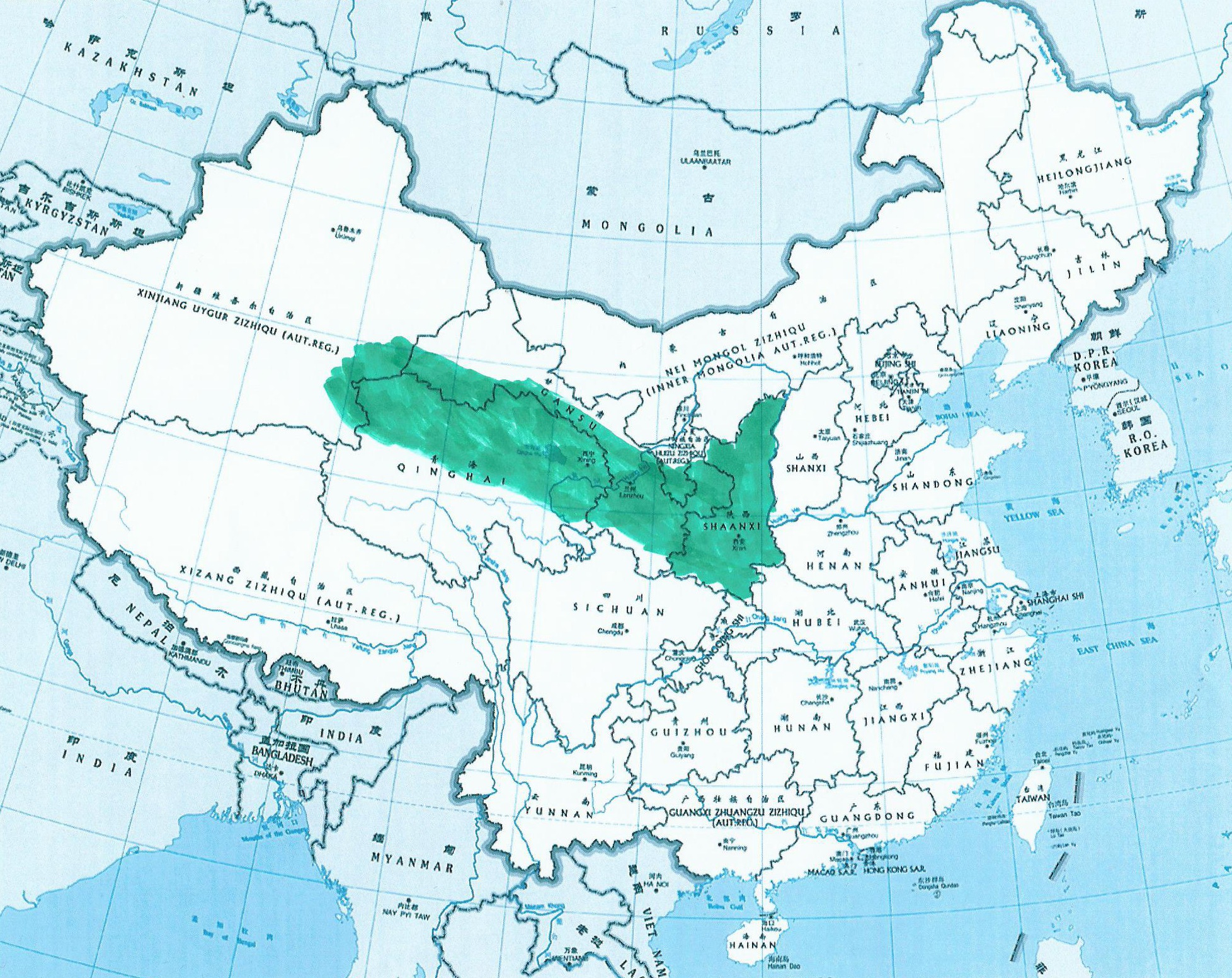
Qinqiang is one of the oldest theatrical genres in the xiqu form, and its literal translation is ‘music of the Qin area’, which covers Shaanxi, Gansu, Ningxia, Qinghai provinces and Xinjiang Uyghur Autonomous Region where qinqiang is popular. It contains different styles depending on differing geographical regions. Indigenous Chinese theatre has never separated itself from song and dance, and therefore the word for music is almost synonymous with theatre.
Qinqiang actually belongs to the bangzi (clapper) musical system and its name reflects the importance of the use of clappers made of jujube wood. The date and the exact area of the origin of bangzi music have been debated among scholars, but it certainly started in the northwest. Scholars believe that Huaqing Ban in Shaanxi in the Wanli Reign (1572-1620) was a theatre troupe performing bangzi theatre; this troupe continued to perform until 1949. Bangzi qiang is now one of the most important musical systems in northern, north-western and central China, adopted by a large number of regional song-dance theatres. Altogether they share over 4000 pieces of traditional repertoire.
Traditionally bangzi music was seen as representative of vulgar theatre (Flowery Section), referring to a group of lively local genres which were younger than kun theatre, easier to follow and thus attracted a large number of illiterate audiences of the lower classes. On the other end of the spectrum to the Flowery Section was the Elegant Section, and the kun theatre was the only genre within it. The division of the two “Sections” categorised in 1785 actually expressed the authoritative approval of different theatres. Thus bangzi, which was good at presenting family stories, illicit love affairs, rivalries between heroes and bandits, was banned by the Qing court several times.
Qinqiang contains 13 different role types; each is controlled by certain principles. Its arias are mainly composed in modes (banqiang) both melodic and rhythmic, different from “melodic models” (qupai) (See kunju Mudanting). Melodies are essentially heptatonic; lyrics are structured in couplets. Each line contains 7 or 10 syllables with strict rules pertaining to the tones. It contains over 200 melodic models, too. The characteristically high-pitched and loud bangzi music roots deeply in its harsh and open north-western region.